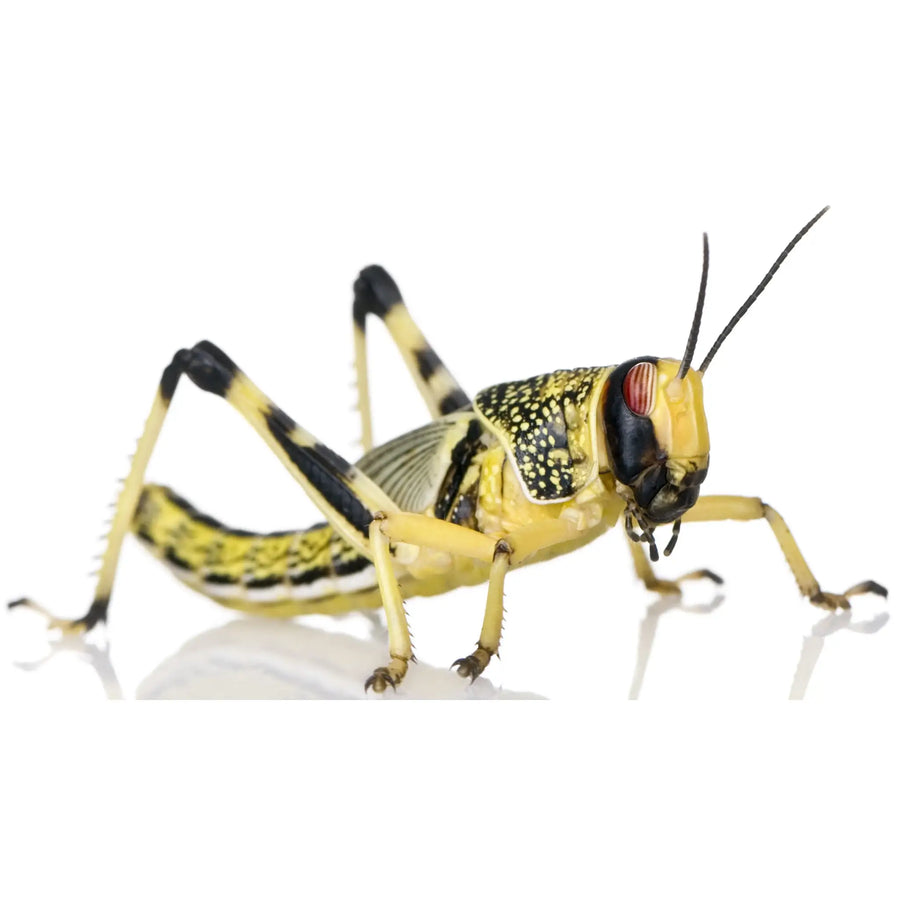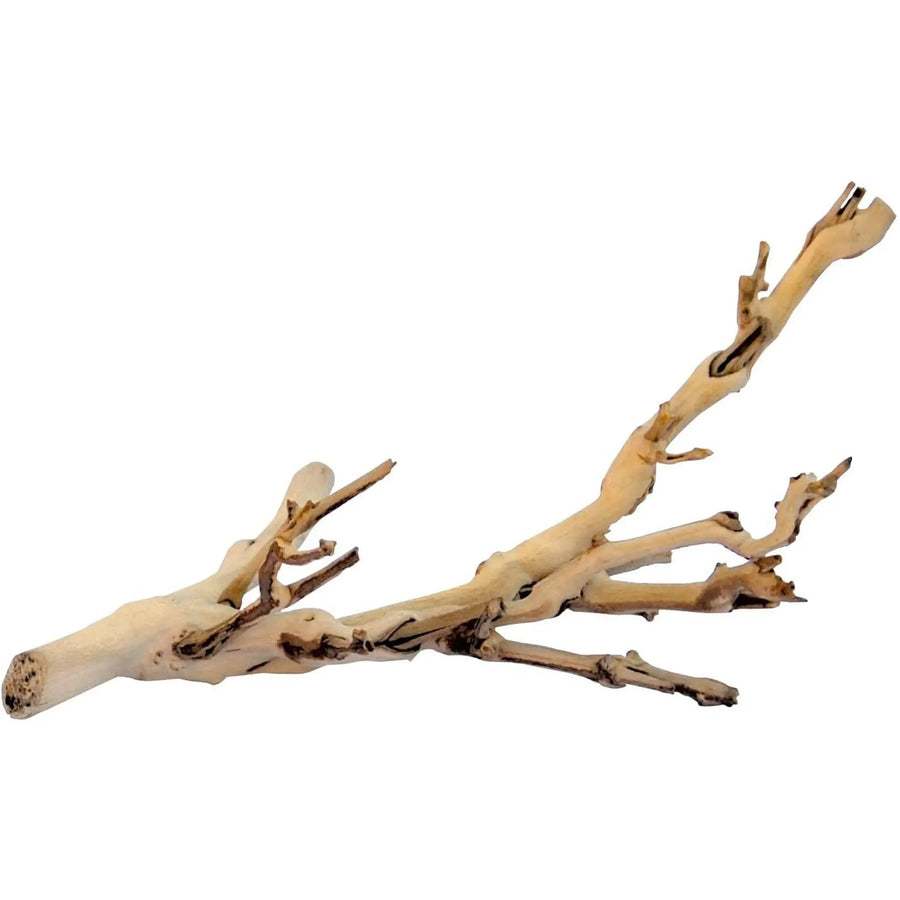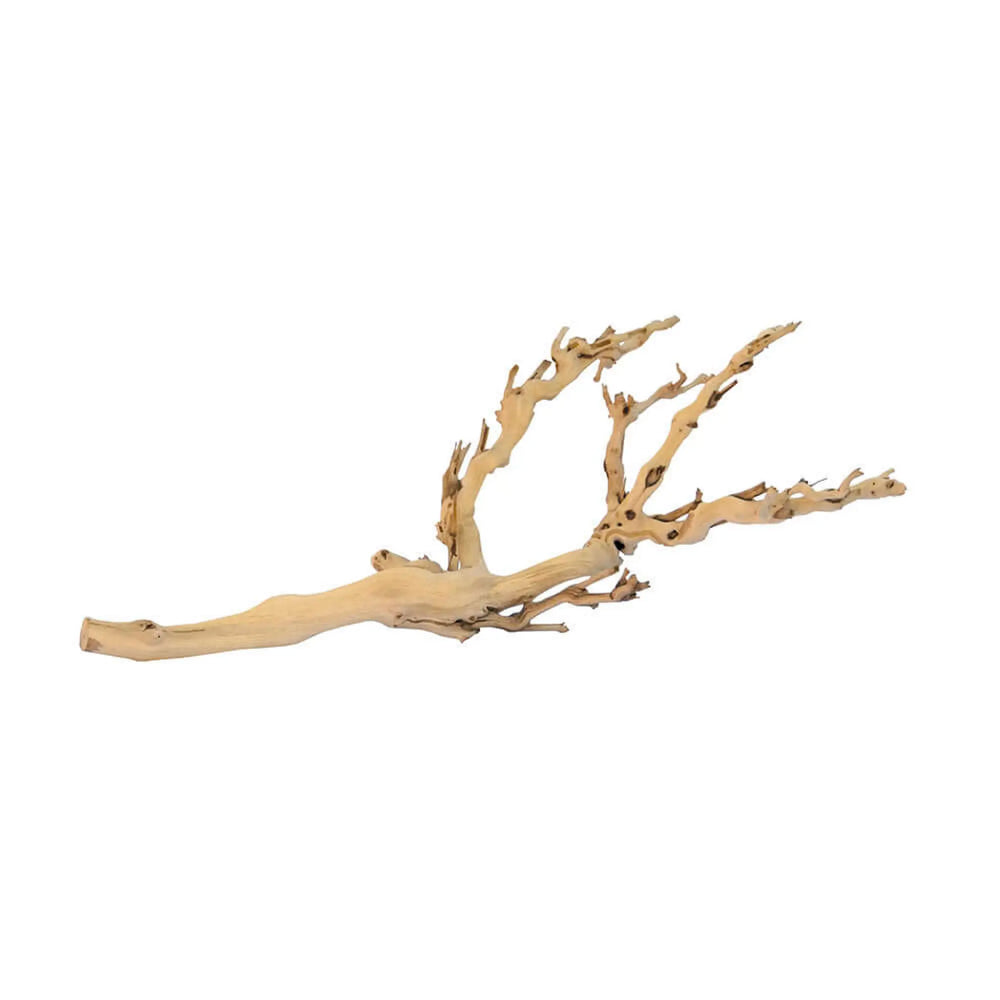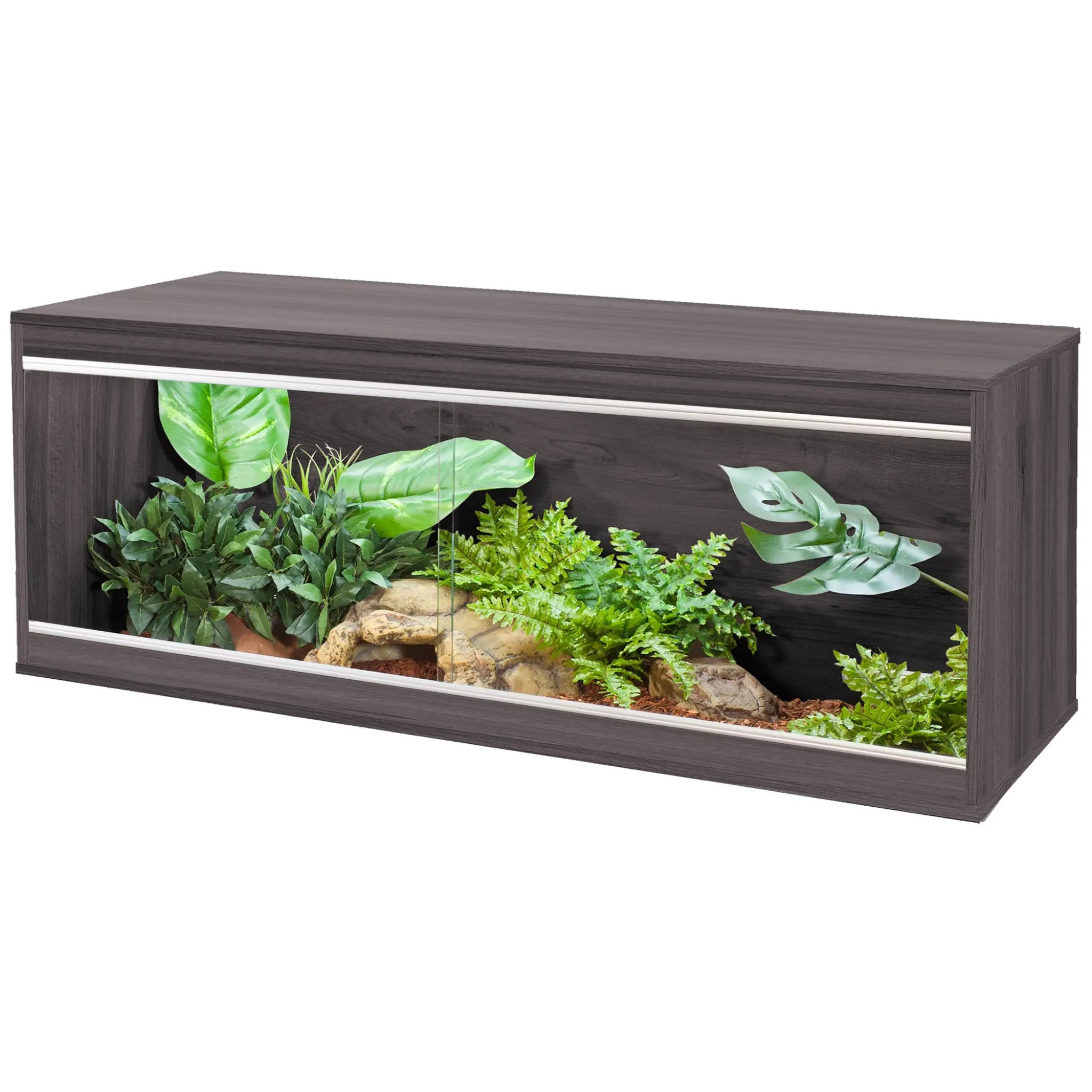
The Brazilian Whiteknee Tarantula – is there a better looking spider?
by Luke Tansley on in Spiders
The Brazilian Whiteknee Tarantula (Acanthoscurria geniculata), or Giant White Knee as it is sometimes known, is native to the Brazilian rainforest and are so named due to the striking colouration of their legs. They were, or are, one of the more popular Tarantula species being kept in captivity today. This particular spider species is generally thought of for the more advanced keeper as they are known as being somewhat skittish and potentially aggressive when it comes to confrontations. They will not run and hide like some other species, such as the Chilean Rose Hair, will do when threatened.
Brazilian Whiteknee are a larger species reaching 8 ” in total size in females. Males are smaller. As Spiderlings, or slings as they are commonly known in arachnoculture, they tend to burrow to feel comfortable. This behavior changes as they grow and mature; it’s as if they become aware of their size and are more apt to spend time away from their hides and in the open of the enclosure making them a great display species.
While their venom is one that most would consider mild, and they are not as quick to bite as some of the other species of tarantula, I would still treat this spider with respect and err on the side of caution just the same when in their tank.
Keeping the Brazilian White Knee tarantula is not a hard task. They can be kept in a glass terrarium with a substrate of coco fibre, bark, or Spider Life Substrate, mixed with moss. A depth of around 4” will keep the humidity at the 65-70% needed for proper moulting and general care. Heat should be around 75 to 80 degrees Fahrenheit and can be achieved with a small heat mat. Water should be offered in a shallow dish and to this we add pebbles in order to keep any uneaten crickets from drowning and fouling the water source. Once a month remove all the substrate and clean the enclosure with a suitable disinfectant. A hide of some type should always be provided and should either be a half log, or my personal favourite, a used toilet paper tube that is buried within the substrate itself.
Note from Gary: pictures do not do Brazilian Whiteknee Tarantulas justice. Find out if your local herp store has them in, and go for a look. To avoid disappointment, don’t forget your wallet!
care articles and former editor of the San Diego Herpetological
Society Newsletter. He most recently opened the website www.reptileapartment.com to answer questions instantly and share free care articles on the captive care of reptile and insect species.
John’s publications include Reptilia, Reptiles Magagazine & TFH Publications Complete Herp Care Series Uromastyx.



















